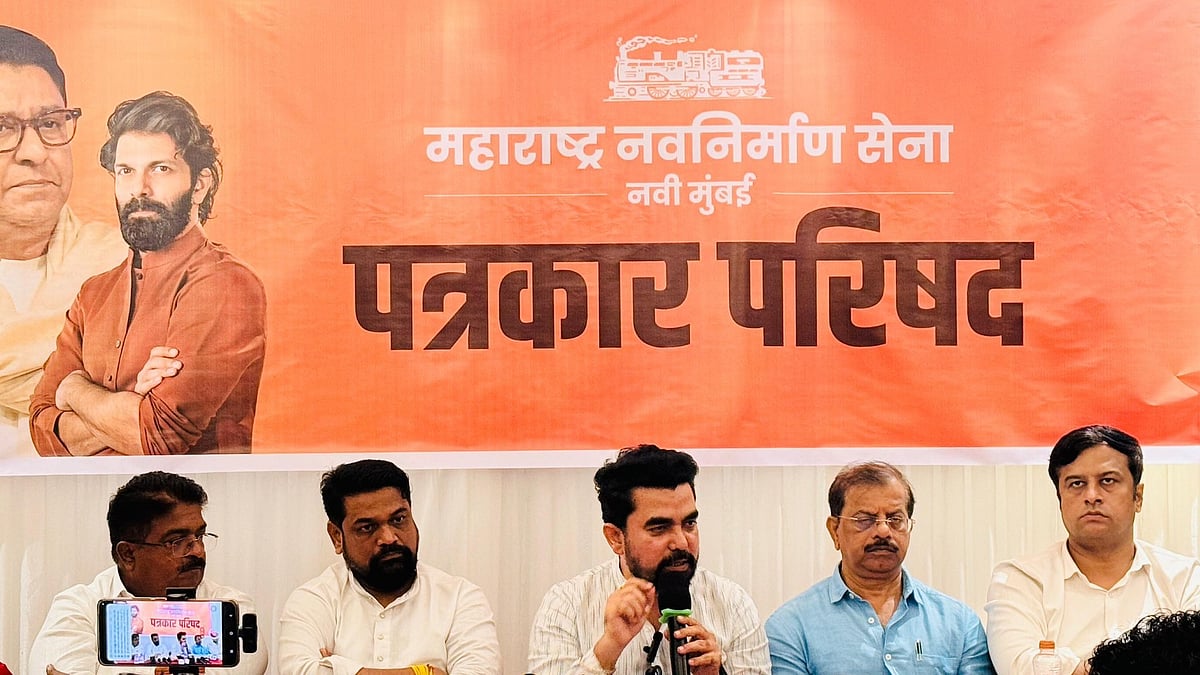Much heat has been generated by the government’s proposal to corporatise the Ordnance Factory Board. Employee unions have been up in arms. The government has passed the Essential Defence Services Ordinance this year, which bars employees of defence factories from going on strike. The basic recommendation for the corporatisation of the ordnance factories was made by the Kelkar Committee way back, in its 2005 report. These specific recommendations were Part II of the report, and had been anchored by Jagdish Khattar, the then CMD of Maruti Udyog Ltd. Since then, it has been discussed multiple times but the various governments never got around to implementing it.
Now, the Modi government is finally turning 41 ordnance board factories spread across the country into seven corporations reporting to the defence ministry. The assumption is that this will help make the ordnance factories more efficient and help India’s indigenous weapons development and manufacturing efforts become more efficient.
Critics oppose the move for two reasons. The first, what will this mean for the future of the 75,000 plus employees currently working in the ordnance factories? Will there be redundancies? Will they lose the protections afforded by the current terms? The second worry is that this move is nothing more than a precursor to privatisation. Despite the government saying that neither worry is true, people do not want to take its assurances at face value.
BSNL no example
The bigger question for the critics should be whether the government will achieve its stated goals with the corporatisation. The ordnance board factories have done good work over the years, but not even their biggest champions can claim that they have lived up to anyone’s expectations. They are overstaffed and underproductive. Administrative costs are high. The products they make are not among the best in the world. The R&D is several generations behind what others are doing around the world. The CAG has made scathing observations about their productivity and their biggest clients – the Indian Armed Forces – are hardly the most satisfied customers.
Will corporatising them change that? The Kelkar report talked of corporatisation on the lines of Bharat Sanchar Nigam Ltd (BSNL). BSNL was born in September 2000 when the government decided to corporatise the telecom services of the department of telecom (DoT). In 2005, the government thought the BSNL had a very bright future. With the benefit of hindsight, in 2021, nobody would say that the BSNL is any example of corporatisation to emulate.
Moreover, there are already nine defence PSUs, currently like HAL, BEL, BEML and Mazagaon Shipyards among others. In each case, they do decent work but none of them could be considered a world-class benchmark.
Govt model
The problem has been that public sector enterprises in India largely follow the overall government department model of hiring, broad HR policies and overall functioning. Whether it is in the sector of banking, heavy industries or defence, they have a common set of problems. They are generally overstaffed and less productive than counterparts in the private sector. They are also typically behind, in terms of technology.
Much of this has to do with lack of autonomy, goals and access to capital, a slothful organisational culture and no real vision for the future – and even leadership.
Brilliant PSE leaders
It would be silly to think that PSE leaders are uniformly bad. Indeed, they have often thrown up brilliant leaders who have achieved much despite hurdles in their way. Public sector enterprises have often been the favourite raiding grounds for talent by big private sector companies looking for great top and middle management candidates.
What about privatisation, if corporatisation alone does not work? The evidence is weak. Globally, in defence you have world leaders from the private sector in the US, Sweden, France and other western countries. Equally, you have public enterprises that have achieved great feats – initially in Russia and now, in China. Four top Chinese defence companies are among the biggest exporters of defence equipment. In terms of R&D, the Chinese firms have made huge progress in areas like fighter aircraft and tanks.
So, what holds back Indian defence PSEs or the ordnance factories now being corporatised? Autonomy and access to capital and freedom to source technology would be among the top three in my opinion. Apart from that, all countries which have made significant progress in their defence enterprises have a few things in common. Most of them have short-, medium- and long-term plans broken down into clear targets and are monitored closely by the government which also helps them with technology, budgets and often, guaranteed orders. The leadership teams have plenty of freedom and the organisational culture is nimble and target-focussed.
Just corporatisation of ordnance factories is no panacea. The government needs to understand the real problem before it can fix it.
The writer is former Editor of Business Today and Businessworld magazines









